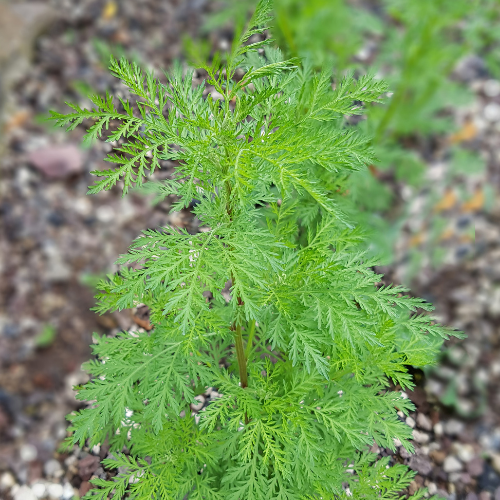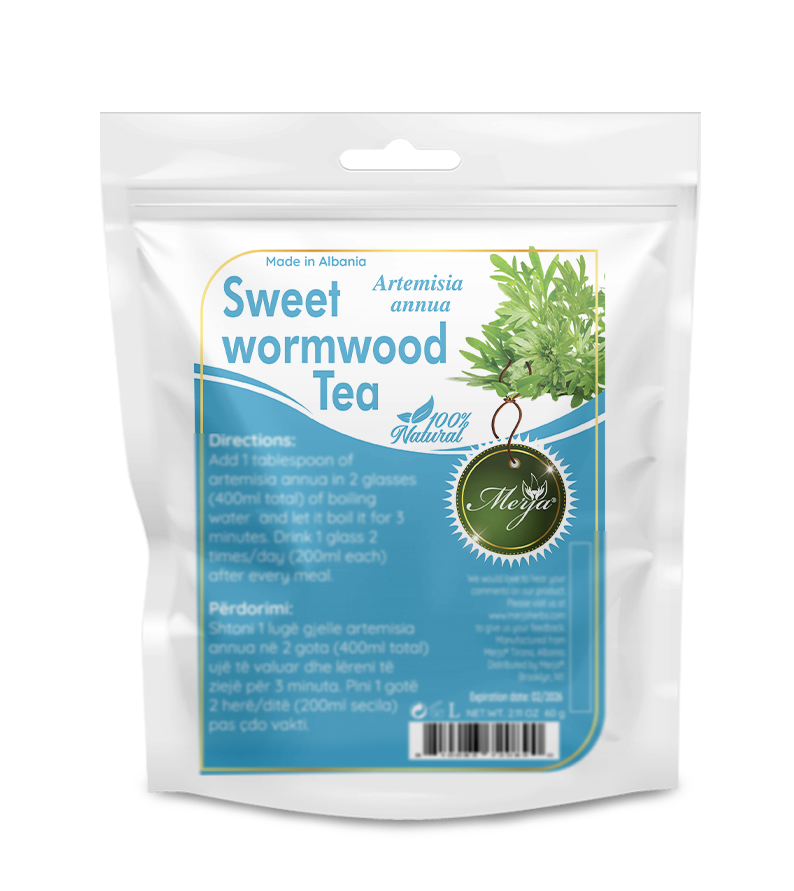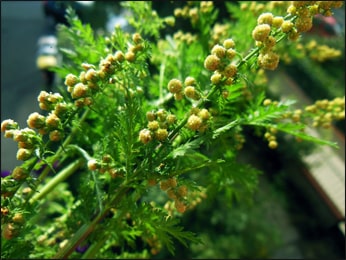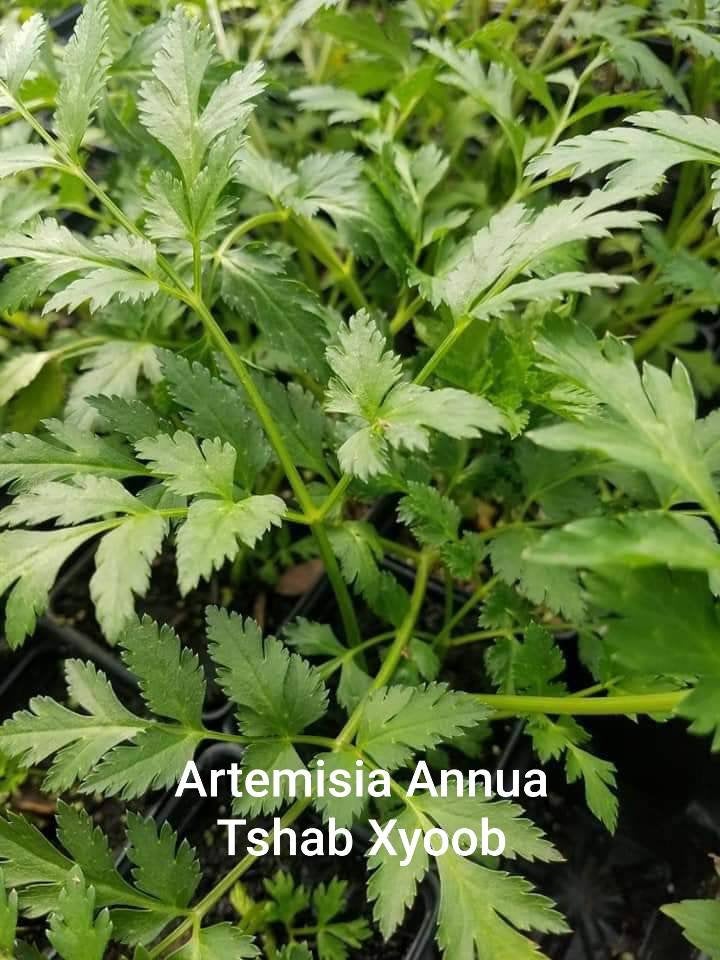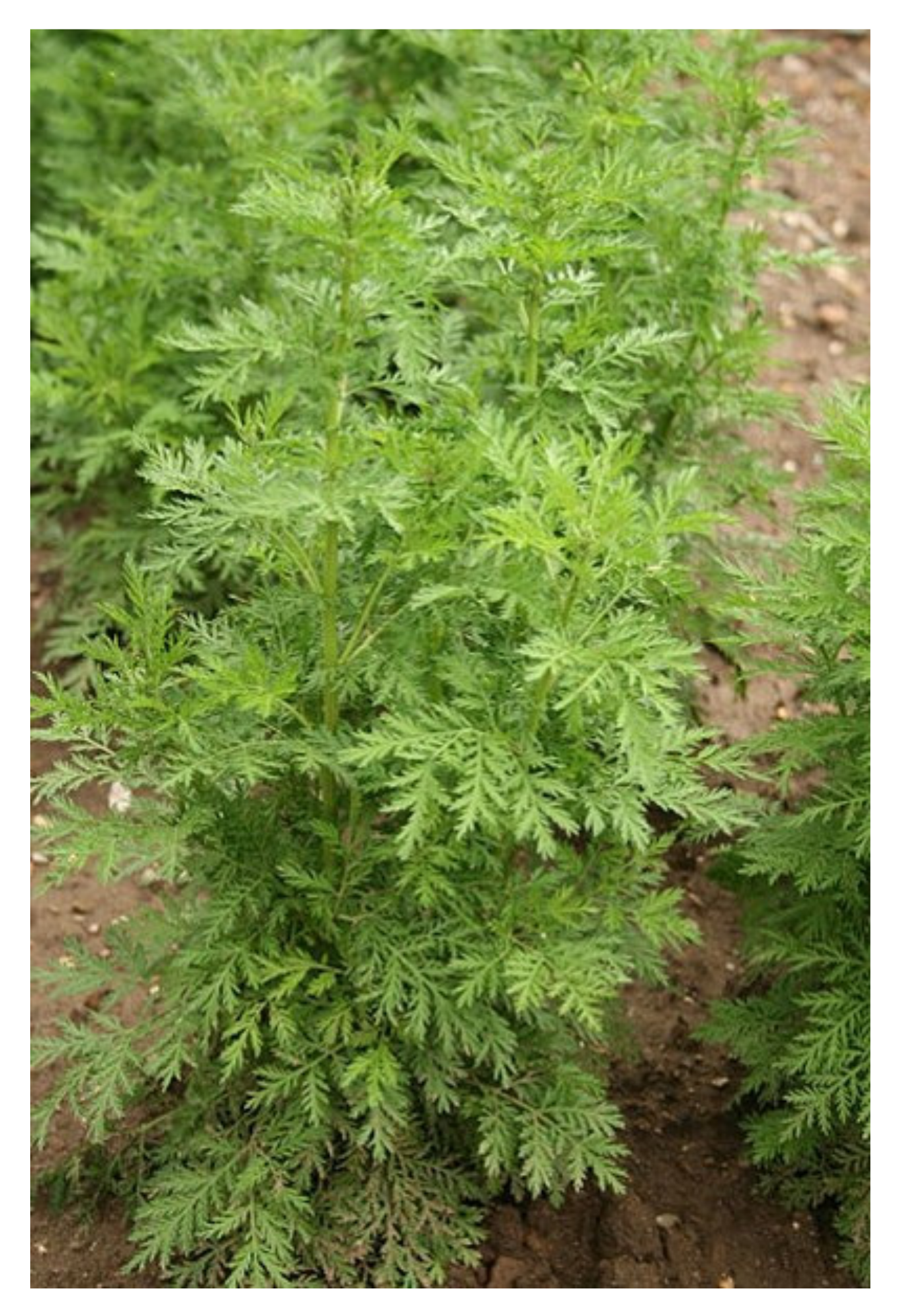Biomolecules, Free Full-Text
4.6 (639) · € 6.00 · En stock
Artemisia annua L. (AA) has shown for many centuries important therapeutic virtues associated with the presence of artemisinin (ART). The aim of this study was to identify and quantify ART and other secondary metabolites in ethanolic extracts of AA and evaluate the biological activity in the presence of an inflammatory stimulus. In this work, after the extraction of the aerial parts of AA with different concentrations of ethanol, ART was quantified by HPLC and HPLC-MS. In addition, anthocyanins, flavanols, flavanones, flavonols, lignans, low-molecular-weight phenolics, phenolic acids, stilbenes, and terpenes were identified and semi-quantitatively determined by UHPLC-QTOF-MS untargeted metabolomics. Finally, the viability of human neuroblastoma cells (SH-SY5Y) was evaluated in the presence of the different ethanolic extracts and in the presence of lipopolysaccharide (LPS). The results show that ART is more concentrated in AA samples extracted with 90% ethanol. Regarding the other metabolites, only the anthocyanins are more concentrated in the samples extracted with 90% ethanol. Finally, ART and all AA samples showed a protective action towards the pro-inflammatory stimulus of LPS. In particular, the anti-inflammatory effect of the leaf extract of AA with 90% ethanol was also confirmed at the molecular level since a reduction in TNF-α mRNA gene expression was observed in SH-SY5Y treated with LPS.
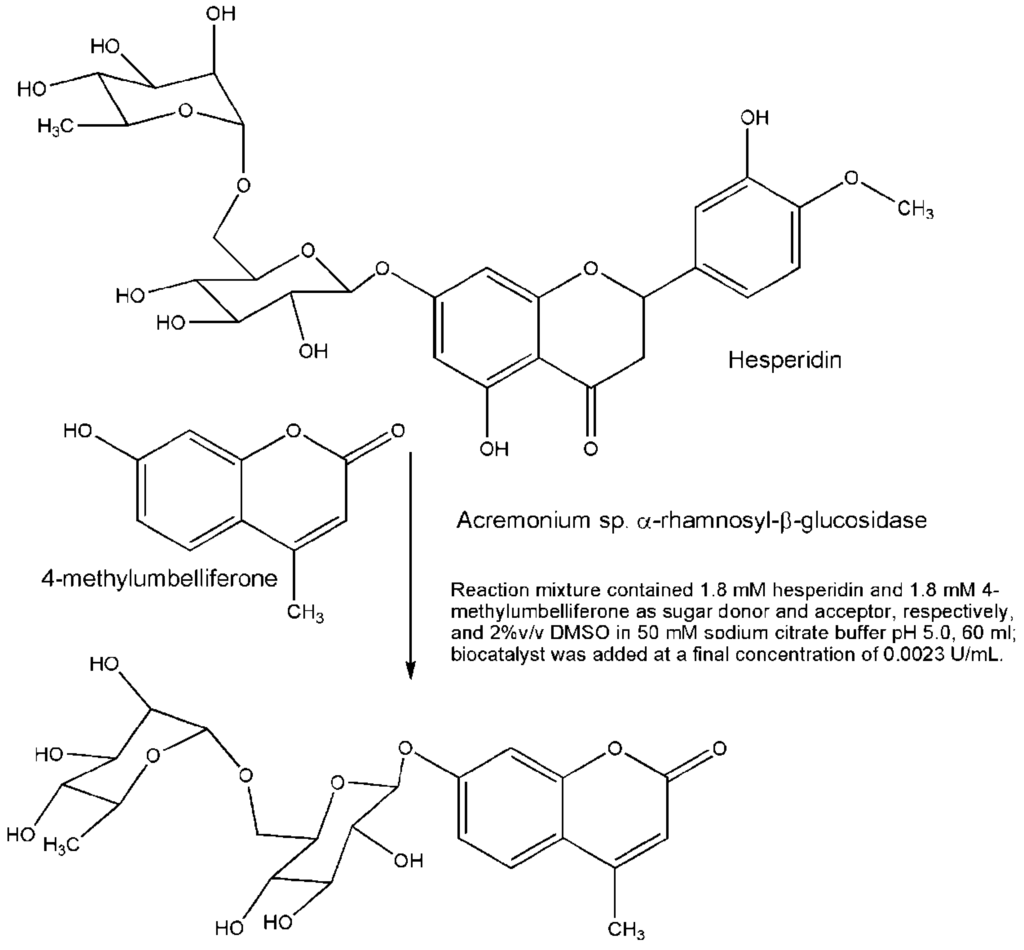
Biomolecules, Free Full-Text
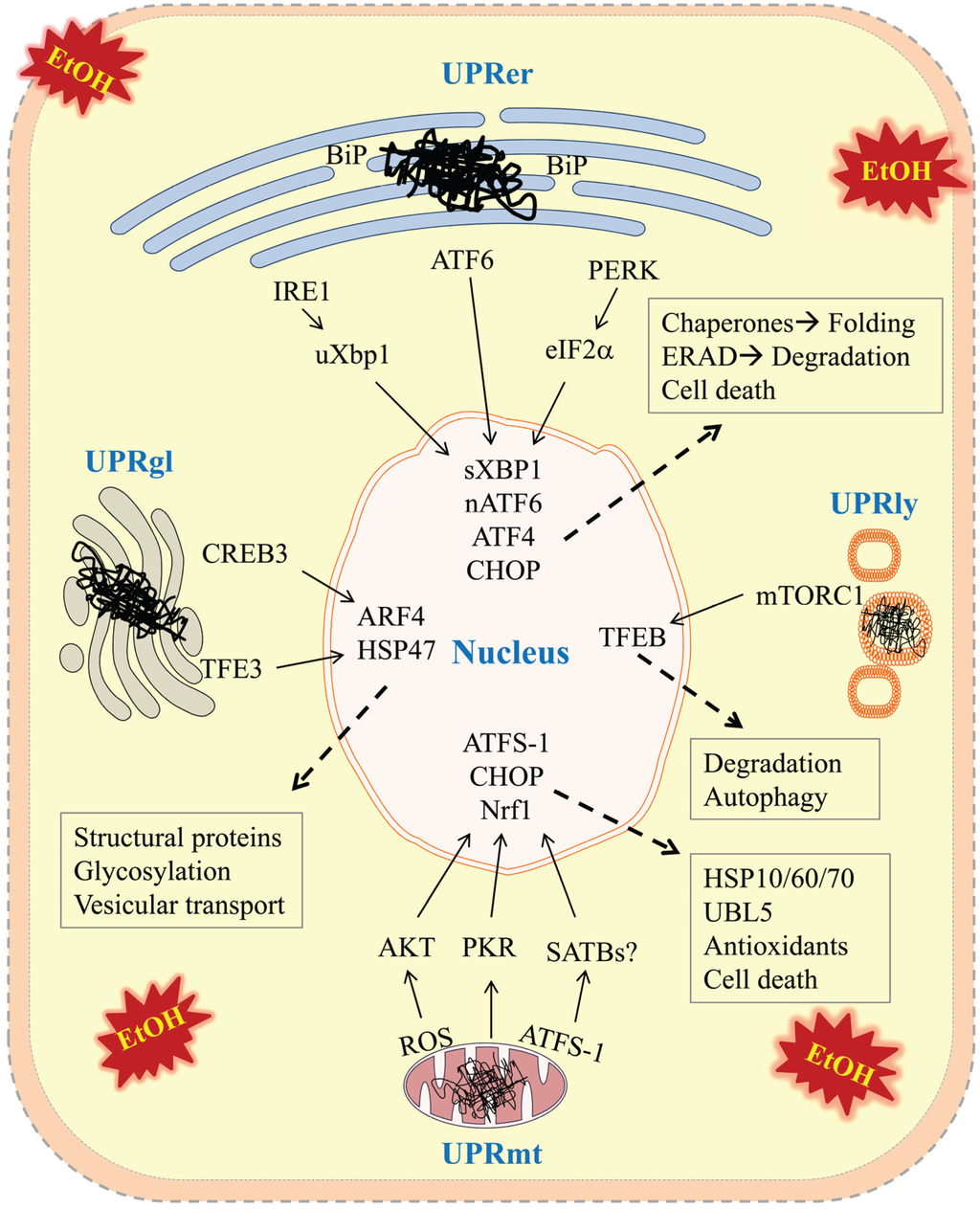
Biomolecules, Free Full-Text
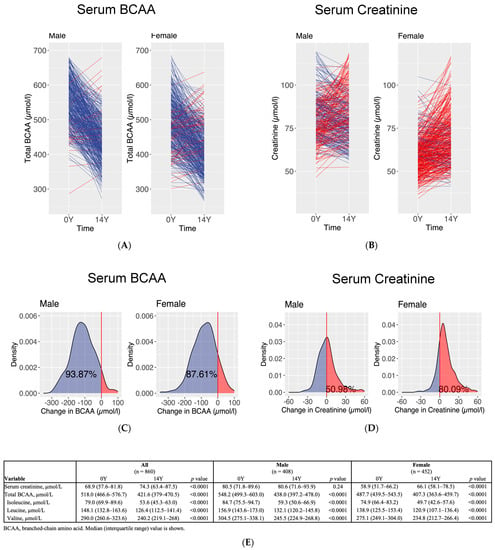
Hide Ip Platinum 3.43 Free Download - Colaboratory

Biomolecules - Important Notes for NEET Biology
Break-Induced Replication Orchestrates Resection-Dependent Template Switching

Biomolecule-Compatible Dehydrogenative Chan–Lam Coupling of Free Sulfilimines

Biomolecules Chart Macromolecules, Organic molecules, Molecules
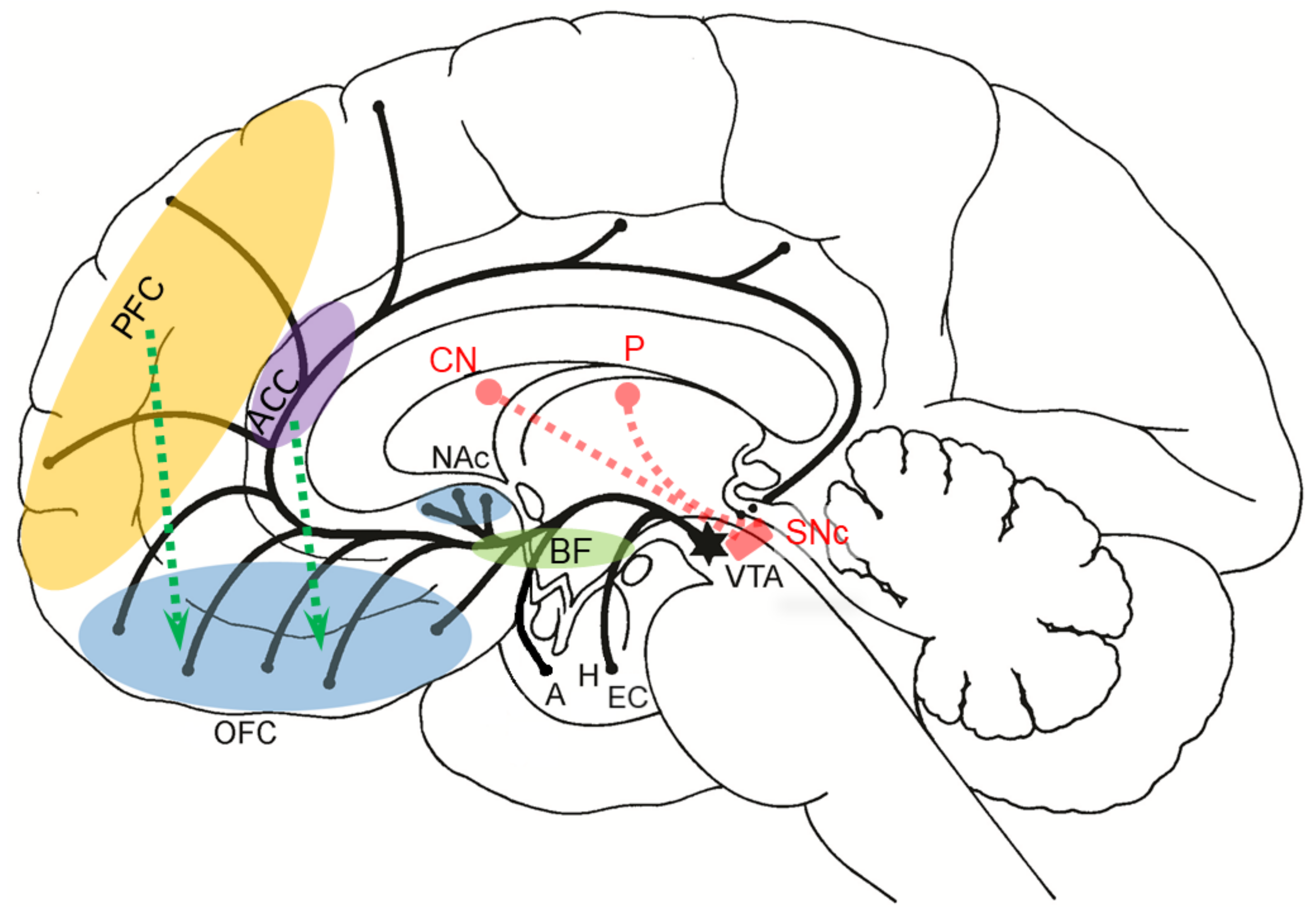
Images
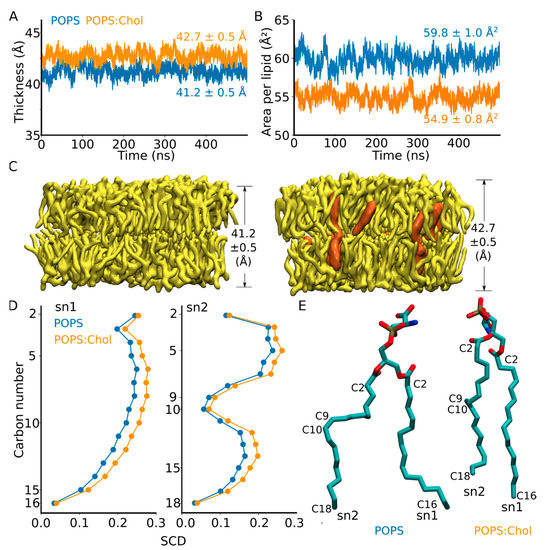
Tor 0.3 2.1 Get File - Colaboratory

3,946 Biomolecules Royalty-Free Images, Stock Photos & Pictures
This table creates a way for students to organize information about each of the biomolecules - carbohydrates, lipids, nucleic acids, and proteins.
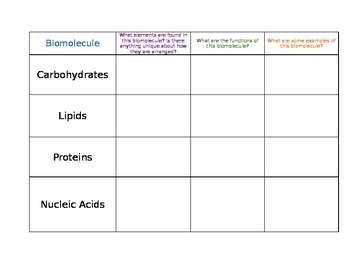
Biomolecules Table







